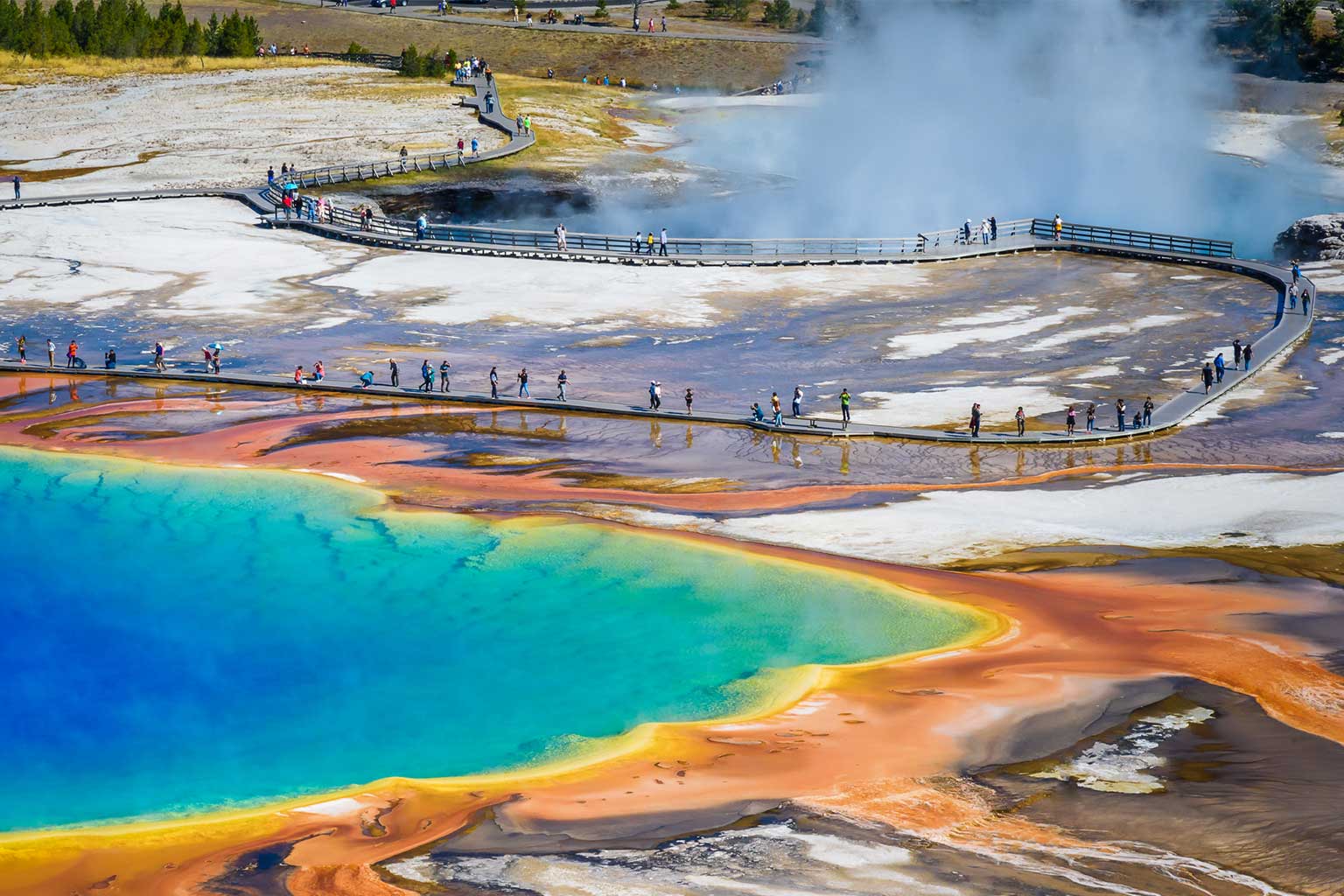The activists bearing freezing temperatures to protest the Dakota Access Pipeline seem to have won a victory in North Dakota last week after the Obama administration rejected a crucial permit needed to complete the controversial project. But while members of the Standing Rock Sioux and their supporters have protested the construction of the pipeline slated to run just a half-mile beyond their border, other tribes have peacefully courted deals for pipelines that run through the middle of their reservations. This stark contrast illustrates the importance of tribal jurisdiction and the detrimental effects of federal policies that limit development opportunities on many tribal lands.
In most cases, federal policies discourage developers from doing business on Native American reservations in the first place, in effect denying tribes the opportunity to benefit from energy projects such as the Dakota Access Pipeline (DAPL). In some cases, however, tribes have succeeded in developing their own energy resources for the benefit of tribal members and their communities.
The Three Affiliated Tribes (the Mandan, the Hidatsa, and the Sahnish) of the Fort Berthold Reservation, for example, which sits just 150 miles north of the Standing Rock Sioux, have more than 4,000 miles of pipelines crossing their reservation, contributing to the hundreds of million dollars the tribes earn from energy-development activities each year. In Colorado, the Southern Ute tribe controls 1,600 oil and natural-gas wells, including several pipelines, in addition to operating their own energy company that develops oil and gas throughout the western U.S. The tribe’s success in the energy sector has allowed it to maintain “a higher long-term credit rating than Wells Fargo & Co.,” according to a Bloomberg Markets story published in October.
Where pipelines cross tribal lands, tribes have some say in weighing the benefits and costs of energy development, and they reap direct benefits if they choose to say yes to the projects. Revenues from oil and gas development and related infrastructure provide much-needed income for tribal members and their communities. Energy-development activities on tribal lands generated more than $850 million for Native Americans last year, according to the Department of the Interior; the funds are often used to develop infrastructure, provide health care and education, and support community programs on tribal lands.
In the case of the Standing Rock Sioux, the tribe didn’t have the chance to benefit from the DAPL project because the pipeline company, Energy Transfer Partners, opted to route the project around the tribe’s reservation instead of trying to negotiate a pipeline agreement directly with the tribe. This should come as no surprise. Developers routinely avoid doing business with tribes because federal regulations make it so burdensome. J. W. McCartney, a pipeline industry expert, advised companies, as far back as 1982, to simply “go around Indian lands” because these regulations can be “too costly and time consuming” to even bother trying to strike a deal with tribes.
The Bureau of Indian Affairs (BIA) is involved in nearly every aspect of energy development on Indians lands, including reviewing and approving pipeline agreements and rights-of-way approvals, and the process is notoriously inefficient. A 2015 Government Accountability Office (GAO) report observed that “the added complexity of the federal process stops many developers from pursuing Indian oil and gas resources for development” and that the process “can involve significantly more steps than the development of private or state resources, increase development costs, and add to the timeline for development.” The GAO report noted further that in 2014, the Southern Ute tribe reported that the BIA’s review of several of its pipeline rights-of-way agreements took as long as eight years. A simple review of a wind-energy lease on the Rosebud Sioux Reservation in South Dakota took a year and a half for the BIA to review. According to the developer, the delay made the project lose its agreement with the local utility, resulting in a loss of revenue for the company and the tribe.
The Trump administration may change much of this status quo if it gives tribes more jurisdiction over their own lands and natural resources, as recently reported by Reuters and others. Trump’s newly formed Native American Affairs Coalition wants to free tribal resources from what they described to Reuters as “a suffocating federal bureaucracy.” As Markwayne Mullin, a U.S. representative from Oklahoma and a Cherokee tribe member who is co-chairing Trump’s coalition, put it in a press release on December 5: “It is time to end the overreaching paternalism that has held American Indians back from being the drivers of their own destiny.”
It’s no surprise that Indians want jurisdiction over the resources that belong to them, including the reservation land through which pipelines run. All Indian lands are held in trust by the federal government, which is responsible for managing the lands for the benefit of Native Americans. But, by all accounts, the federal government has failed to live up to this responsibility, and Native Americans remain one of the most impoverished — and the most regulated — communities in the United States.
Ultimately, the Obama administration succumbed to the protester’s pressure at Standing Rock. But the administration didn’t address a more fundamental question: Why shouldn’t Native Americans have the same rights to their own resources that all other Americans have?
The pipeline’s future now lies with the next administration. Trump’s work with the Native American Affairs Coalition provides some hope that his administration will clarify tribal rights and give Native Americans the autonomy — and the economic opportunities — they deserve.
This article originally appeared in the National Review on December 12, 2016.





